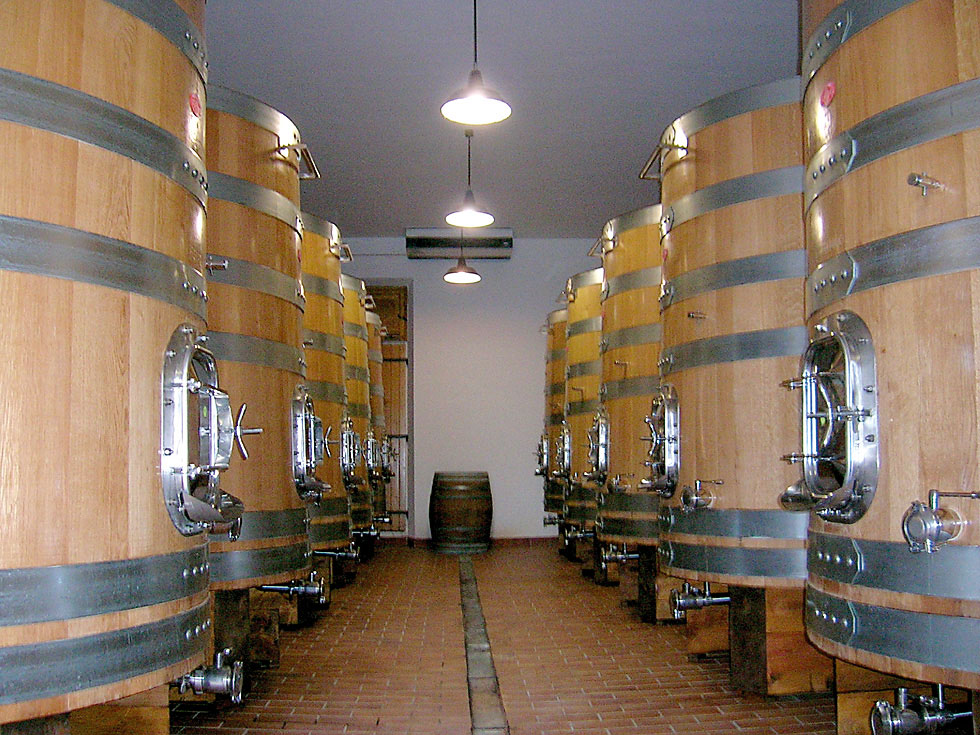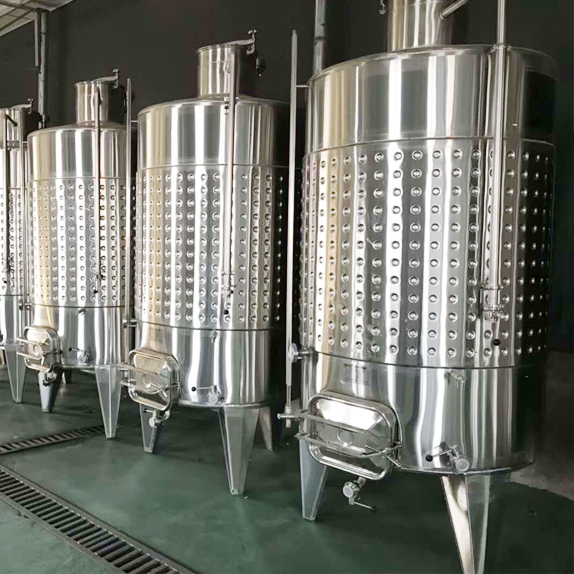The Winemaking Process
- Deanna Lowe
- May 13, 2020
- 4 min read
Updated: Jun 15, 2021

Winemaking is truly a meticulous craft involving a lot of special techniques, science, and timing to make the perfect glass of wine. Making a batch of wine can take anywhere from 2 to 15 years, so as you can imagine, it takes an extreme degree of patience to be a winemaker (which is why I would very much discourage making wine at home). I’ll explain the magic that goes on behind-the-scenes in the winemaking process so you can have a greater scene of appreciation for what comes in the wine bottle, because that's what I got from learning about it. Here’s the step-by-step process in a nutshell.
1. Harvesting the Grapes
Wine all starts in the vineyards, where the components of the terroir affect how the grapes grow and how quickly they ripen. When the grapes are harvested, the sweetness, flavour, and acidity in the grape juice are set. After this, the outcome of the wine is all in the hands of the winemakers. Grapes are typically harvested in the late summer to early fall, dependent on the wine variety that is going to be produced.
For sparkling and white wines, grapes are picked earlier to set a lower sugar level and drier taste.
For red wines, the grapes are harvested later as they take longer to mature and require higher sugar levels.
Dessert wine grapes like ice wine are harvested last because they need to be extremely ripe when the grape has the highest sugar content.
Grape picking can be done by hand or machine. Of course, handpicking is the preferred method as it ensures there’s less damage to the grapes, but it’s more expensive and takes longer. People than sort the grape bunches and cut off rotten and underripe grapes before crushing.
2. Crush N’ Press
Traditionally, the common method was grape treading, which is when people crush bunches of grapes in barrels with their bare feet (this process is now a popular activity for a romantic date and shown a lot on TV, especially on the Bachelor). In modern times, the wine grapes are crushed by a machine, breaking the skin and extracting the juice and pulp. Then these components are pressed, allowing the juice to absorb the colours, tannins, and flavours from the skin before they’re separated. For white wine, pressing is done immediately so that the colours from the skin don’t spread into the juice. On the other hand, red wine grapes are lightly crushed and pressed slowly to give the juice its colour. Rosé wine is similar to red wine, but it’s pressed faster so only a bit of the red colour seeps into the white juice, making the wine pink.

3. Fermentation
Fermentation is where the chemists run the show. It’s the chemical process where yeast is added to turn sugar into alcohol. This process is done in wooden vats, stainless steel tanks, or barrels, and takes between 10 days to over a month. Since red wine grapes tend to be harvested at a higher sugar level, you can guess here why red wines have higher alcohol content. For sparkling varieties, winemakers metabolize the sugars to produce alcohol and carbon dioxide, giving the wine its bubbles.
Winemakers will stop fermentation when the wine reaches the right sweetness level. This brings sweeter wines to be fermented for shorter periods so some sugar is left in the wine. Some techniques used to stop the fermentation process include cold shock (cool temperatures), pasteurization (heat to kill the yeast), and when the alcohol levels reach 14-18%.
4. Clarification
This is where winemakers get the gunk out of the wine by filtering the juice to catch any sediments or fining by adding substances to clarify the wine.
5. Aging

Wine gets better with age, but only with certain varieties. The saying goes more for red wine, whereas white and rosé have a set aging time and don’t get better with more aging. Stainless steel tanks and oak barrels are used in this step. This is the part when the flavours and aromas become more intense and develop complexity, but takes the longest in the whole process, running from months to several years. Stainless steel tanks and oak barrels are used to age the wine. Barrel aging is better is my opinion because the wood adds a lot of new flavours in the wine like mocha, coffee, chocolate, wood, oak, toast, and butter. These flavours can also be made in stainless steel tanks if wood sticks are added.
6. Bottling
Once the wine has reached their full potential in aging, they are ready to be bottled for consumption. White wine is typically bottled after a few months of aging. Red wines are bottled after 18-24 months of aging. When the wine is bottled with a cork, a foil is added over corks to prevent molding. An interesting fact about corks is that it doesn’t fully seal the wine bottle. The cork allows a little bit of oxygen to get into your bottle, allowing the wine to age more and develop new tastes. Screw capped bottles mean that the wine is not meant to be aged longer.
Thanks for letting me give you the written behind-the-scenes tour on wine. I have a video version below if you want a visual tour. See, science can be cool!








